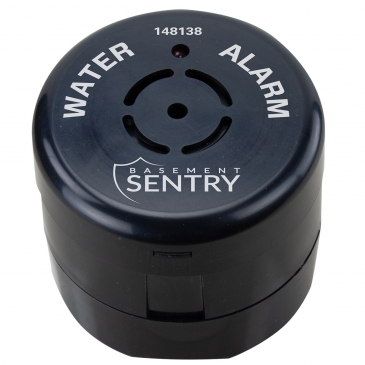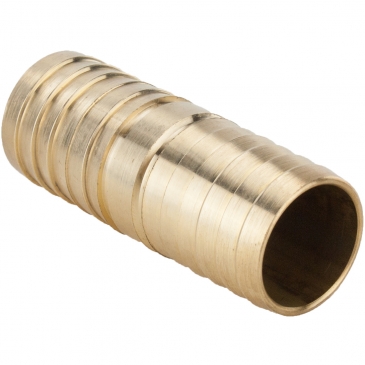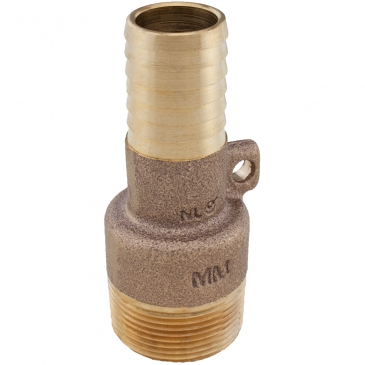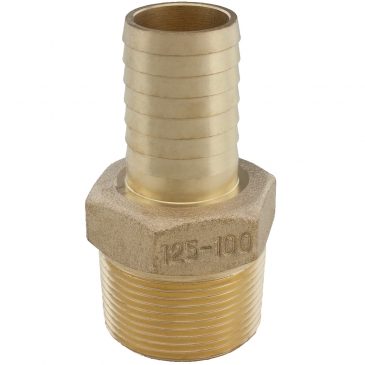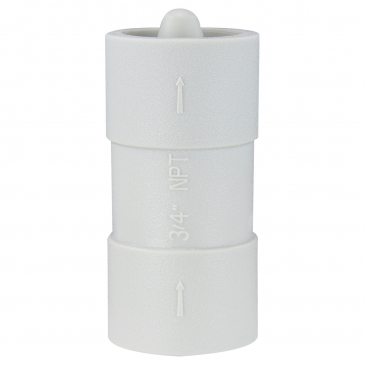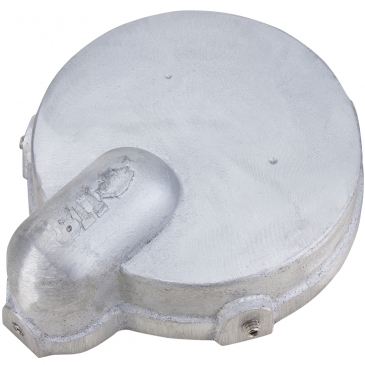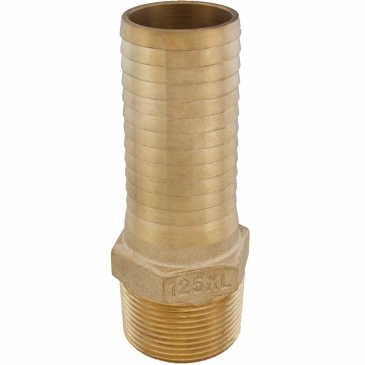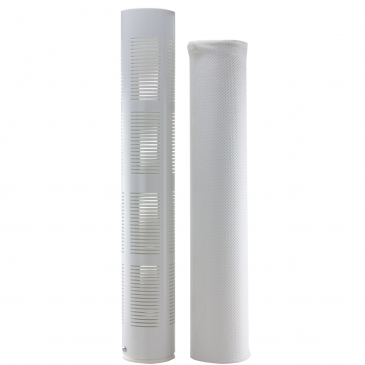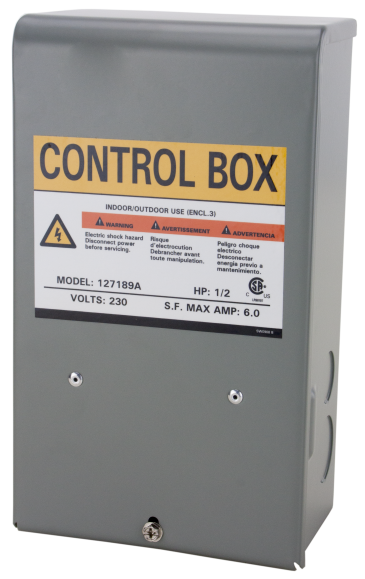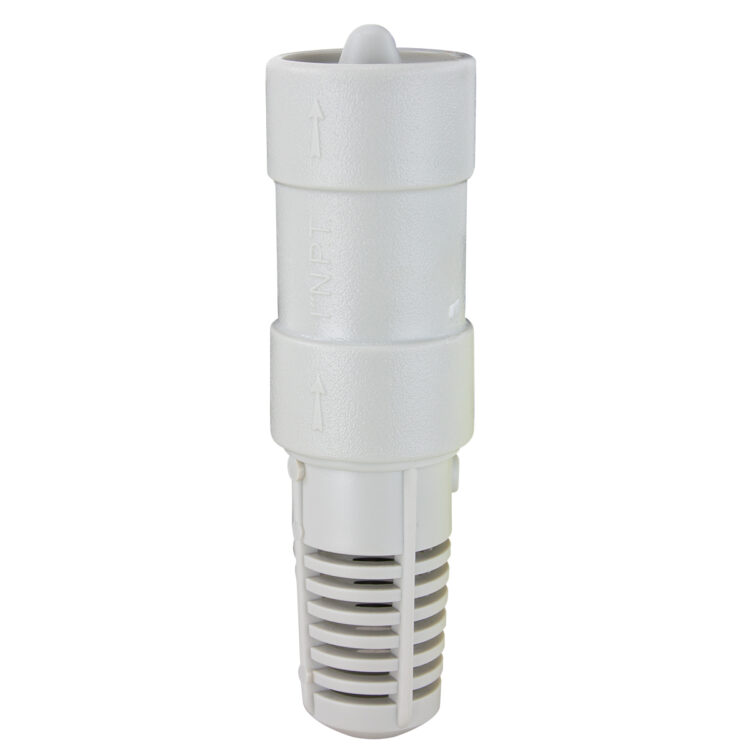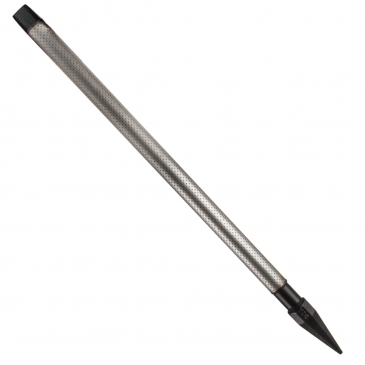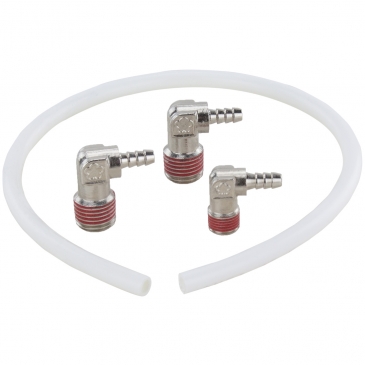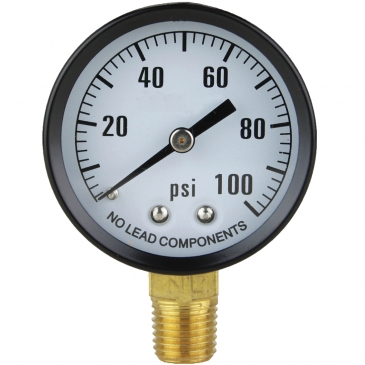Whether you live in a valley or experience frequent precipitation, a sump pump is a great device that will protect your home and give you the comfort you need.
Learn MorePumps
- 2SPHALC Cast Aluminum Sump Pump
- STWB140 Basement Sentry Water Driven Backup Sump Pump
- STBC101 Basement Sentry Battery Backup Combo
- STBB100 Basement Sentry Battery Backup
- 5CDH Cast Iron Column Sump Pump
- 3CEH Thermoplastic Sump Pump
- 3CDH Cast Iron Column Sump Pump
- 5USPHC Cast Aluminum Sump Pump
- View All
Accessories & Parts
Though we don’t think about our sewage pumps often, these devices are vital components of every residential property. Sewage pump systems make it possible for homeowners to safely dispose of waste without complications or delays, preventing costly issues like sewage buildup and clogging. With a new sewage basin in your home, you can experience all the benefits of these durable and efficient mechanisms.
Learn MorePumps
Accessories & Parts
These pumps are specially designed for underground sprinkler systems to keep your lawn and your plants healthy all season long.
Learn MorePumps
Star Water Systems is your go-to destination for high-quality commercial and residential well pump systems. We carry pumps of all models, along with the water tanks and well pump parts to accompany them. No matter what you’re looking for, you can rely on our inventory of durable and efficient products.
Learn MorePumps
- JHU05 Convertible Jet Pump
- HPB10 Booster Water Pump
- SJ05SAT20H Jet Pump Tank System
- JHU07AT44H Jet Pump Tank System
- ES05SAT25H Jet Pump Tank System
- SJ10 Convertible Jet Pump
- SJ07 Convertible Jet Pump
- SJ05 Convertible Jet Pump
- View All
Accessories & Parts
Residential utility water pumps are vital devices for every home. These water removal pumps are often the difference between a dry basement and a serious flood, providing homeowners with the function and security they need.
Learn MorePumps
Add a full or half bathroom to an area without gravity drainage by using our upflush toilet systems to avoid breaking concrete.
Learn MorePumps
Get your home improvement projects back on schedule with the Pond & Fountain pumps from Star Systems.
Learn MorePumps
At Star Water Systems, we carry reliable irrigation water pumps designed to serve all of your residential water supply needs.
- 024795 Brass Tank Tee 10” LLC
- 148123 Galvanized Discharge Tee
- 148121 Tank Tee
- 148125 Brass Insert Coupling
- 024787 Brass Male Adapter
- 148109 Brass Male Adapter Long 1-1/4”
- 148110 Brass Male Adapter/ Reducer 1-1/4” x 1”
- 148111 Brass Male Rope Adapter 1-1/4” NL
- 148106 Pitless Adapter
- 148103 Rubber Boot Connector 10”
- 148107 Steel Female Adapter 1”
- 148128 Pressure Fittings Kit
- View All
- 148106 Pitless Adapter
- 148127 Sediment Filter
- 148113 Deep Well Air Volume Control
- 148112 Brass Air Valce 1/8″ LLC
- 024783 Torque Arrestor
- 024778 Heat Splice Kit 3W/G
- 024770 Cable Protector
- 148130 Steel Well Point
- 024780 Steel Drive Coupling
- 148124 Cast Iron Drive Cap
- 148107 Steel Female Adapter 1”
- 148103 Rubber Boot Connector 10”
- View All
- 148004 Thermoplastic Transfer Pump
- 148006 Thermoplastic Transfer Pump
- 024491 Drill-Powered Transfer-PSI Plastic Kit
- 148125 Brass Insert Coupling
- 024787 Brass Male Adapter
- 148109 Brass Male Adapter Long 1-1/4”
- 148110 Brass Male Adapter/ Reducer 1-1/4” x 1”
- 148111 Brass Male Rope Adapter 1-1/4” NL
- 148106 Pitless Adapter
- 148103 Rubber Boot Connector 10”
- 148107 Steel Female Adapter 1”
- 148129 Canal / Lake Screen
- View All
- 024795 Brass Tank Tee 10” LLC
- 148123 Galvanized Discharge Tee
- 148121 Tank Tee
- 148125 Brass Insert Coupling
- 024787 Brass Male Adapter
- 148109 Brass Male Adapter Long 1-1/4”
- 148110 Brass Male Adapter/ Reducer 1-1/4” x 1”
- 148111 Brass Male Rope Adapter 1-1/4” NL
- 148106 Pitless Adapter
- 148103 Rubber Boot Connector 10”
- 148107 Steel Female Adapter 1”
- 024778 Heat Splice Kit 3W/G
- View All
- 148134 Well Cap 5-9/16” OD
- 024778 Heat Splice Kit 3W/G
- 148107 Steel Female Adapter 1”
- 148103 Rubber Boot Connector 10”
- 148106 Pitless Adapter
- 148111 Brass Male Rope Adapter 1-1/4” NL
- 148110 Brass Male Adapter/ Reducer 1-1/4” x 1”
- 148109 Brass Male Adapter Long 1-1/4”
- 024787 Brass Male Adapter
- 148125 Brass Insert Coupling
- 148102 Univ. Sump Pump Check Valve with Boot
- 148121 Tank Tee
- View All
- STB100B Basement Sentry Battery 100 AMP
- STB75B Basement Sentry Battery 75 Amp
- 148104 Dual Float Replacement Switch
- 148138 High Water Alarm
- 148125 Brass Insert Coupling
- 024787 Brass Male Adapter
- 148109 Brass Male Adapter Long 1-1/4”
- 148110 Brass Male Adapter/ Reducer 1-1/4” x 1”
- 148111 Brass Male Rope Adapter 1-1/4” NL
- 148106 Pitless Adapter
- 148103 Rubber Boot Connector 10”
- 148107 Steel Female Adapter 1”
- View All
Star Water Systems has a dependable assortment of pool pumps and pool cover pumps for sale that set the standard for durability and efficiency.
- UTHALC Submersible Utility Pump
- SJ10 Convertible Jet Pump
- ES05SAT25H Jet Pump Tank System
- JHU07AT44H Jet Pump Tank System
- SJ05SAT20H Jet Pump Tank System
- 30TC Cast Iron Sewage Pump
- 40EC Cast Iron Sewage Pump
- 50TC Cast Iron Sewage Pump
- STBB100 Basement Sentry Battery Backup
- STBC101 Basement Sentry Battery Backup Combo
- STWB140 Basement Sentry Water Driven Backup Sump Pump
- 2STHALC Submersible Utility Pump
- View All
Install a new toilet into your home without the hassle when you invest in the Powerflush Optima or Powerflush Optima Pro from Star Water Systems.
When you invest in a battery backup system from Star Water Systems, you’ll enjoy all the advanced features and advantages of these high-quality systems.
Looking to boost water pressure? These high-performance pumps provide high pressure when needed@
Residential utility water pumps are vital devices for every home. These water removal pumps are often the difference between a dry basement and a serious flood, providing homeowners with the function and security they need.
Sewage pumps are vital components of every residential property. Sewage pump systems make it possible for homeowners to safely dispose of waste without complications or delays, preventing costly issues like sewage buildup and clogging.
Well pumps are the unsung heroes of residential plumbing systems. These water delivery devices allow you to use all of your most essential home appliances, from sinks to toilets to washing machines.
- JHU05 Convertible Jet Pump
- SJ05SAT20H Jet Pump Tank System
- JHU07AT44H Jet Pump Tank System
- ES05SAT25H Jet Pump Tank System
- SJ10 Convertible Jet Pump
- SJ07 Convertible Jet Pump
- SJ05 Convertible Jet Pump
- JHU10 Convertible Jet Pump
- JHU07 Convertible Jet Pump
- 4″ A Series Submersible Well Pumps
- SJ10S Shallow Well Jet Pump
- SJ07S Shallow Well Jet Pump
- View All
Though water sump pumps are generally tucked out of sight in residential basements, they are constantly working to protect your home from water damage and flooding. With a basement sump pump on your property, you can achieve peace of mind knowing your house is safeguarded against heavy rains.
- 3SEHL 1/3 HP Cast Iron Sump Pump
- S1057 Cast Iron Sump Pump
- S1098 Cast Iron Sump Pump
- 3SDHL Cast Iron Sump Pump
- 3SVS Cast Iron Sump Pump
- 5SEH Cast Iron Sump Pump
- 5STS Cast Iron Sump Pump
- 7SEH Cast Iron Sump Pump
- 2SPHALC Cast Aluminum Sump Pump
- 3USPHC Cast Aluminum Sump Pump
- 5USPHC Cast Aluminum Sump Pump
- 3CDH Cast Iron Column Sump Pump
- View All
Find the pieces to complete your project.
- 024780 Steel Drive Coupling
- 148134 Well Cap 5-9/16” OD
- 148125 Brass Insert Coupling
- 024787 Brass Male Adapter
- 148109 Brass Male Adapter Long 1-1/4”
- 148110 Brass Male Adapter/ Reducer 1-1/4” x 1”
- 148111 Brass Male Rope Adapter 1-1/4” NL
- 148106 Pitless Adapter
- 148103 Rubber Boot Connector 10”
- 148107 Steel Female Adapter 1”
- 148124 Cast Iron Drive Cap
- 148121 Tank Tee
- View All
Pump Filters
Product Categories
Product categories
Applications
Applications
Color 1
Color 2
Color 3
Color 4
Color 5


